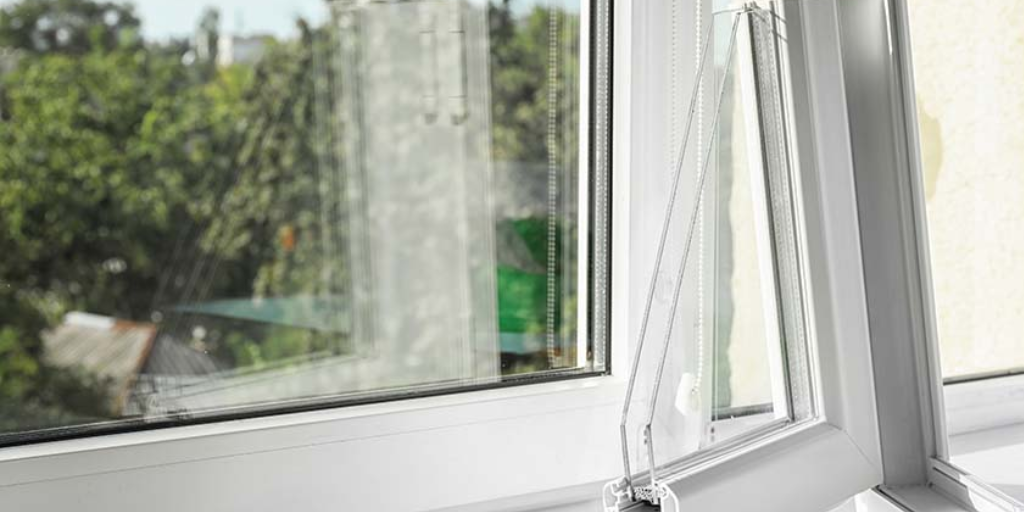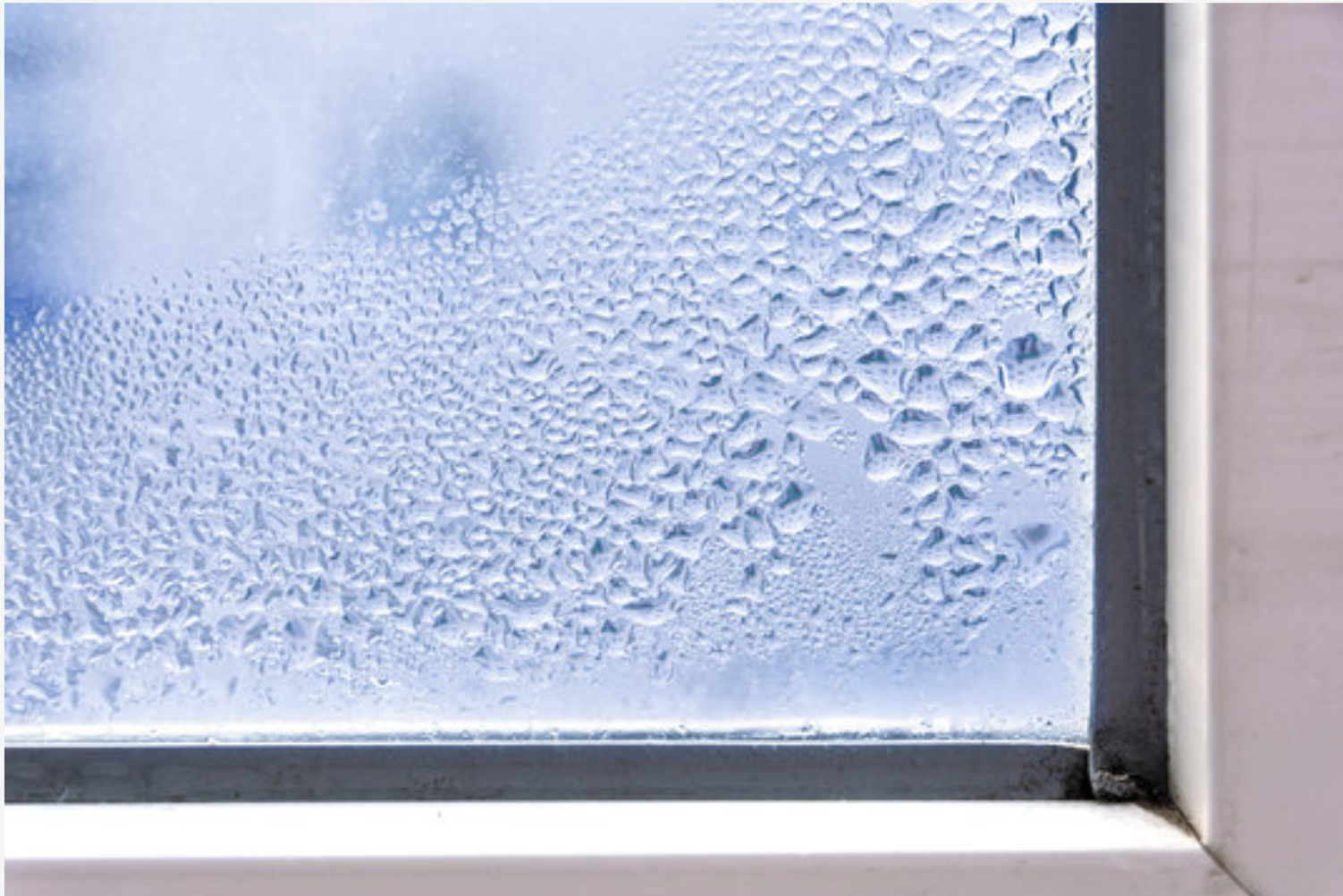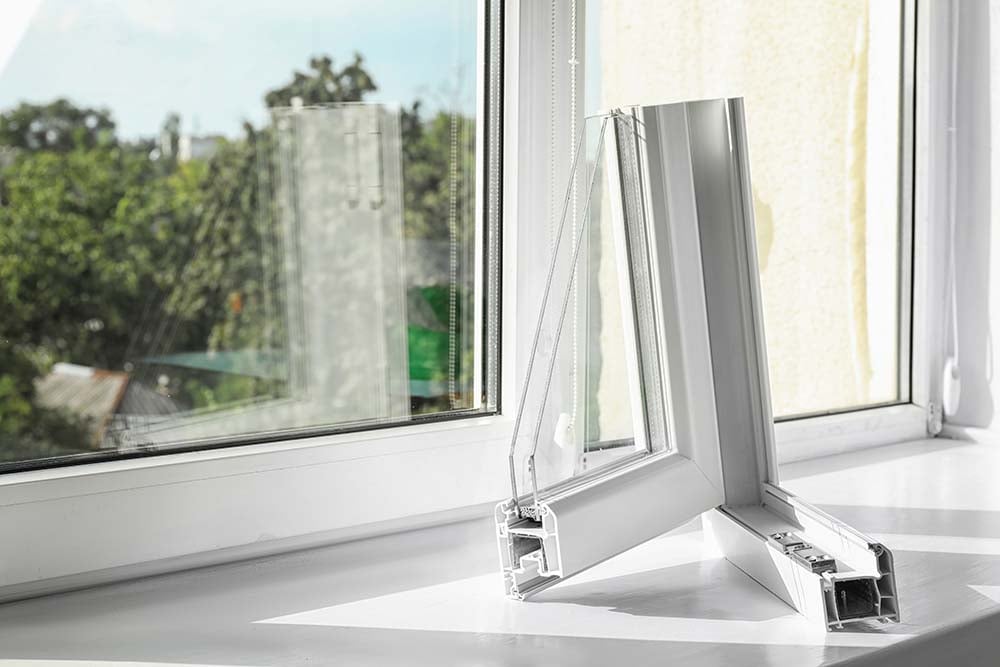Changes in seasons will often cause homeowners to pour more money into their electric bills. Heating expenses rise, while changes in sunset times create a heavier reliance on electricity for lighting. However, as a homeowner, there are a few things you can do today that can save you hundreds if not thousands of dollars down the line on your energy bills.

1. Perform a home energy audit
One way to ensure your home is operating efficiently is to perform a home energy audit. Energy audits allow a homeowner to get a quick read on their home’s energy efficiency. To conduct a home energy audit, start by checking insulation. Heat loss through ceilings and walls can be expensive, so analyze last month’s heating bill as well. To check your wall’s insulation, turn off the circuit breaker, remove the cover plate from an outlet and gently insert a thin, wooden stick. Any resistance you feel on the other end is insulation; the more resistance you feel, the more insulation there is.
Next, it’s time to locate and seal off any drafts. According to ENERGY STAR, drafts alone can raise your energy bill by over 20%. Be sure to check for indoor leaks in gaps along the baseboard, as well as around windows, doors, and electrical outlets.
Finally, examine your appliances’ overall energy consumption by multiplying any device’s wattage by the number of hours you use it in a day.
2. Analyze performance ratings for windows and doors
Analyzing the performance ratings of your installed windows and doors can provide you with an estimate of how efficiently products can be expected to perform under new conditions. Installing windows, doors or siding that don’t just have strong performance ratings, but the right ones, can ultimately go a long way. Different performance ratings are more relevant for different homes, so it’s important to take geography into account. For example, if you live in the Midwest, then finding glass packages with strong SHGC and U factor ratings can ultimately contribute to admitting more external light into your home. Allowing more light can ultimately reduce your reliance on lighting units by a few hours per day, which can translate into energy savings. That being said, compare the original factory label performance ratings to your monthly bills and look for discrepancies. Windows with a good air leakage rating shouldn’t have hot or cold spots. Windows with a minimal SHGC may actually be costing you money if your home needs a little extra light.
Visible Transmittance (VT)
Visible Transmittance (VT) measures the amount of visible light that shines through a pane of glass. VT is graded on a scale of 0 to 1, with a higher number indicating more light. The ideal VT rating for your home will also vary depending on where you live, and if there are any objects blocking your windows.
U-Factor
U-factor is the rate at which a window or door will conduct heat. The important thing to remember with U-factor is that it only measures non-solar heat. It’s also important here to get the performance grade of the window as a whole, not just the glass.
Solar Heat Gain Coefficient (SHGC)
SHGC is the amount of solar light that passes through a window before being released into a home as heat. Climate, location, and other factors can also impact what the best SHGC rating for your home is. A home looking to reduce heating bills may go for a higher SHGC, while a home looking to reduce external heat admission will naturally lean towards a lower SHGC.

3. Weatherstrip
Weatherstripping windows and doors can provide immediate benefits to your home. The most common places to weatherstrip are windows and doors. Start by examining the area and looking for cracks or openings. If you see any, seal them with caulk. However, for cracks between moving objects, such as windows and doors that are being consistently opened, weatherstripping is the way to go. Weatherstripping can be applied to the bottom or perimeter of operable windows and doors, and not only does it reduce air leakage and improve insulation, but it can even be hidden from the naked eye when installed correctly.
4. Turn off appliances
This one may sound obvious, but it adds up. Turning off your appliances when you leave the room can translate into energy savings. To the same end, setting timers to have energy- sucking appliances turn off can save you upwards of hundreds of dollars every year. Meanwhile, using smart strips to manage ‘phantom loads,’ or electricity used by electronics in standby mode, can eliminate upwards of 70% of the product’s energy consumption. Smart strips shut off the power to electronics in standby mode, and can even incorporate timers as well.

5. Install energy efficient windows
Old, outdated windows are a significant source of energy waste, and can cost a homeowner hundreds of dollars in energy bills and maintenance fees. When choosing a replacement window, it’s vital that a homeowner keep local weather patterns top of mind. Window performance has a significant impact on energy efficiency, and it can add up to 10-25% of your total heating bill. Meanwhile, the snow, heat, winds and rain that scatter the Midwest further impact the overall performance of your windows. To prevent heat loss through your windows, you can replace single-pane windows with double-pane products instead. Meanwhile, newer windows can come with multiple panes of glass, gas fills, and even low-e glass.
Upgrade Your Home's Energy Efficiency
Builders & Remodelers’ years of window industry experience has allowed us to find and offer the most energy-efficient and low-maintenance windows available on the market today. The crews from Builders & Remodelers who perform custom home window replacement installations are all licensed, bonded, and insured full-time employees. Our vinyl replacement windows are also Energy Star-rated and boast a .16 U-value (a measure of thermal transfer), which is the lowest available in the industry. Reach out Today to get started!








